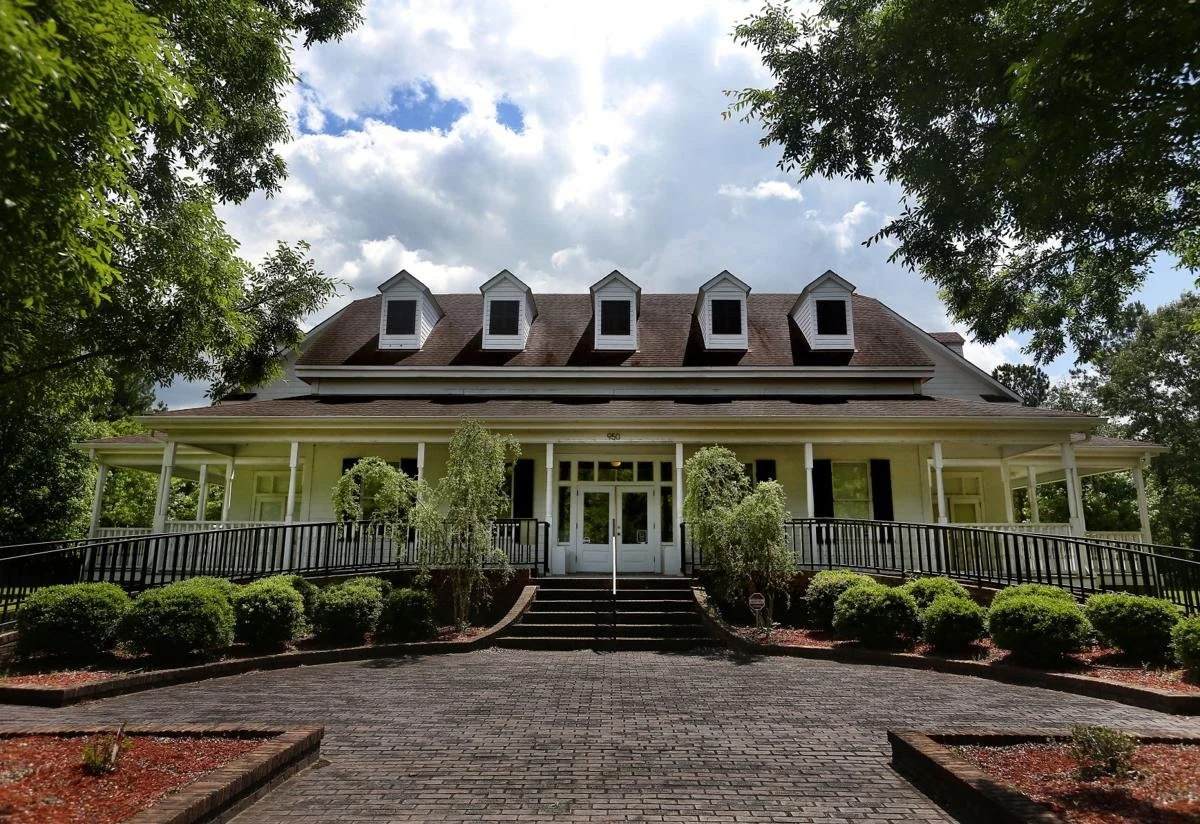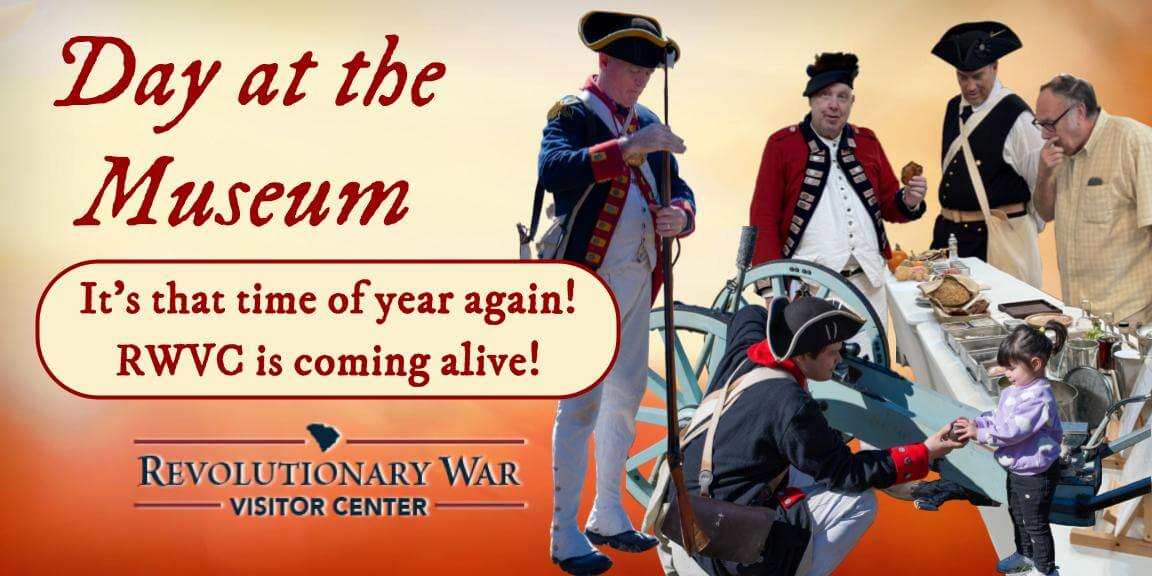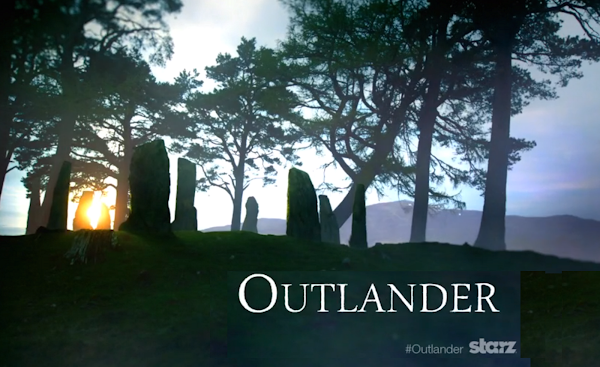Road trip to see Revolutionary War sites

I just returned from a road trip to see some of the historical sites related to the Southern Campaign of the Revolutionary War. I had a very successful trip! My itinerary was a modified version of the one shown here, carefully researched ahead of time, because I was traveling by myself in an area I'd never been to before. I saw everything I wanted to see, except for Kings Mountain National Park and Cowpens Battlefield, which are of course both affected by the government shutdown. Still, I'm really happy with the way everything worked out. Some day I'll go back and see the national parks in the area for myself, but I did the best I could to find other interesting things to do, and I don't really feel that I missed out on that much as a result of the parks being closed.

On the first day, I drove about 250 miles to a little town called Moncks Corner, SC, to see the Berkeley County Museum, a small historical museum with a major focus on Francis Marion (who was born nearby) and the history of the Southern Campaign. I met a friend from TheLitForum there and we had a good time touring the museum together. It's a very interesting place, with lots of artifacts to look at. Here are some of my favorites:

Portrait of Francis Marion. One of the information panels in the museum described him as follows:
Now considered one of the fathers of modern guerilla and maneuver warfare, Marion was a persistent adversary against the British and Loyalist troops in South Carolina. Familiarity with local swampland was key to his success.I particularly liked this anecdote, though it's not clear if it actually happened:
According to tradition, spring 1780 saw Francis Marion at a party in downtown Charleston. To encourage the party-goers to stay until the early morning hours, the doors to the home were locked. Marion, wanting to escape, is said to have jumped from a second-story window. Unfortunately, he badly injured his ankle.As you may recall, Roger met Francis Marion in BEES, just before the Battle of Savannah:
Because he'd gone to Berkeley County to recuperate from his injury, Marion was able to avoid capture when Charleston fell to the British on May 12, 1780.
Then [Roger] walked through the high stone gate of the cemetery, its lintel decorated with the Star of David, and saw at once what must be Lieutenant Colonel Francis Marion, hat in hand and a blue-and-buff uniform coat thrown loose over his shoulders, deep in conversation with three or four other officers.
The unfortunate word that popped into Roger’s mind was “marionette.” Francis Marion was what Jamie would call a wee man, standing no more than five foot four, by Roger’s estimation, scrawny and spindle-shanked, with a very prominent French nose. Not quite what the romantic moniker “Swamp Fox” conjured up.
(From GO TELL THE BEES THAT I AM GONE by Diana Gabaldon, chapter 80, "The Swamp Fox". Copyright © 2021 by Diana Gabaldon. All rights reserved.)

Portrait of King George III, defaced with graffiti calling him "The Royal Brute of England". You may recall that phrase, "The Royal Brute", being used in ECHO, when Lord John finds himself in the midst of a crowd of Patriots celebrating the first anniversary of the Declaration of Independence:
Globs of mud and more rocks were hurled, some of these coming through the open door and broken window, along with patriotic shouts of “God Save the King!”
“Geld the Royal Brute!” shouted Grey’s earlier acquaintance in reply, and half the tavern rushed out into the street, some pausing to break legs from stools to assist in the political discussion which then ensued.
(From AN ECHO IN THE BONE by Diana Gabaldon, chapter 58, "Independence Day". Copyright © 2009 by Diana Gabaldon. All rights reserved.)

18th-century pistol used by a member of the British Legion. Notice the reference to Banastre "Bloody Ban" Tarleton in the accompanying description. (Click on the photo for a bigger view.) We've met Tarleton in the books, as a friend of William's, and I expect we'll learn more about him in A BLESSING FOR A WARRIOR GOING OUT (Book 10).

A small keg and bottles used for the soldiers' rum rations. The description said they received "a gill and a half" (about 6 oz.) of rum per day.

A Highlander's weapons: dirk, broadsword, and musket.

Cooking implements. They would have used similar tools on Fraser's Ridge, cooking over an open hearth.

Bayonet. Notice how sharp that blade is!

Militiaman and his gear, including canteen, powder horn, eating utensils, and even a pipe!

Cannonballs, musket balls, and a howitzer shell.
I left Moncks Corner in mid-afternoon and drove about two hours to Camden, SC. Total driving time that day was about 7 hours, so I was relieved to arrive at my hotel and have a little time to rest!

I spent most of the next day at the Revolutionary War Visitor Center in Camden, where they were having a special "Day at the Museum" program, with re-enactors, musket and cannon demonstrations, and more! Just the sort of thing I love to immerse myself in! I had a great time exploring everything they had to offer, and I would definitely recommend it to other OUTLANDER fans.
I took this video of a re-enactor teaching a very young soldier how to load and fire a musket. The boy in this video is about sixteen, and it's obviously his first time doing this. But I thought that was realistic, in that the American side did make use of very young and inexperienced soldiers, especially toward the end of the war.

I can never resist 18th-century cannons! This is a very small one, but I still enjoyed watching them load and fire it.

One of my favorite parts of the "living history" at the museum in Camden was watching this blacksmith at work. He said he'd been doing this for 17 years, and that everything shown here is period correct except for the hand-cranked brazier. (Presumably they would have used a bellows in the 18th century.) He was making the S-shaped hooks you see on the table on the left.

Iron ore, ready for the forge.

The museum had a display of army food, including beans, rice, and hardtack. Of course, most Continental soldiers didn't enjoy such abundant rations!

Brick-making kiln. I'd never seen one of these before.
I left Camden in the afternoon and drove about 95 miles to Kings Mountain, NC. It's a small town, and obviously with the national park shut down, there were fewer things to do than normal, but I made the best of it.

In the morning, I went to see the famous Peachoid water tower, just off I-85 in Gaffney, SC. I think it's hilarious, and very creative!

The Kings Mountain National Military Park was closed due to the government shutdown, but I drove down this access road to get as close as I could to the entrance and took a few photos. I hope to come back some day!

This was taken near the entrance to Kings Mountain. My guess is that the forest gave the Americans an advantage, as they were able to hide among those trees.

I took this photo about a mile from the park entrance. With that dense vegetation, it's no wonder that Jamie didn't notice the snake until it was too late!

In the afternoon, I went to see a play called "Liberty Mountain" at the small community theater in Kings Mountain. It was fantastic!! The play told the story of a group of Scotch-Irish settlers who lived in the area, and their experiences during the early years of the Revolution, culminating in the events leading up to the battle of Kings Mountain. It was a very entertaining show, complete with musket fire during the battle scenes!
I recognized a number of historical characters mentioned in BEES, including Patrick Ferguson (pictured here), John Sevier, Isaac Shelby, and even Mary Patton! There was even a Loyalist by the name of Cunningham stirring up trouble, though he wasn't the same person we met in BEES. It was really a well-done production, with period music, authentic-looking costumes, and a story that had both tragedy and humor. Just as in HAMILTON, King George III made occasional (hilarious) appearances, furious at what these upstart colonists were doing.
It was particularly interesting to me to learn more about the events immediately before the battle, as the Over-Mountain Men gradually picked up support from the mountain communities they passed through. At first they were badly outnumbered by Patrick Ferguson's Redcoats, but eventually their numbers grew and grew, until (according to the play) by the time of the battle at Kings Mountain, the Americans actually outnumbered the British!

This was really the perfect way to cap off my trip, and I was delighted to find such an interesting and highly entertaining way to learn more about the events surrounding the battle.
I had a great time on this road trip, and I'm really glad I made the effort to go!








Comments